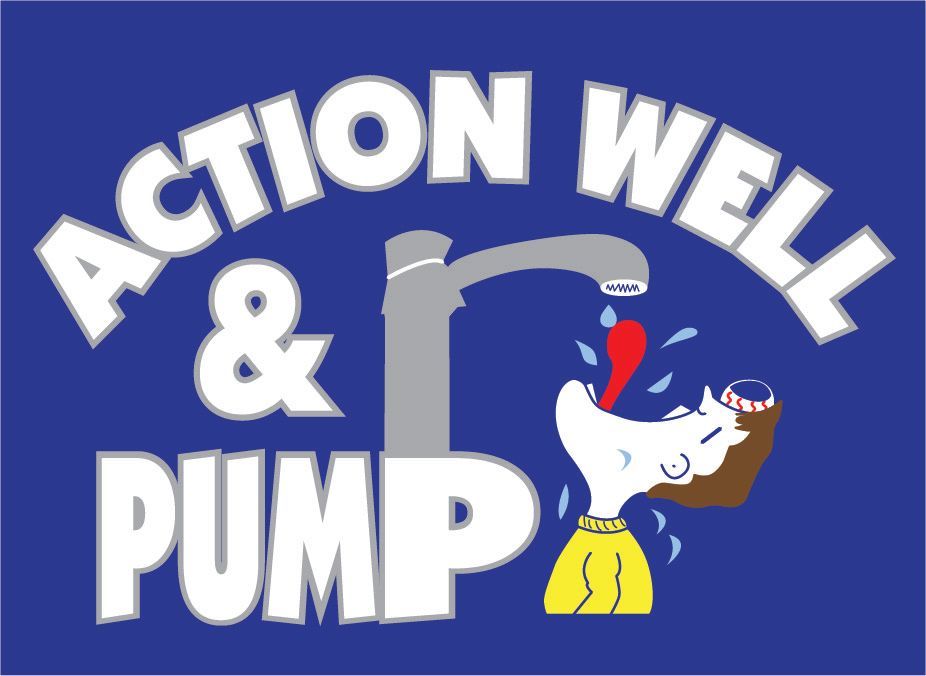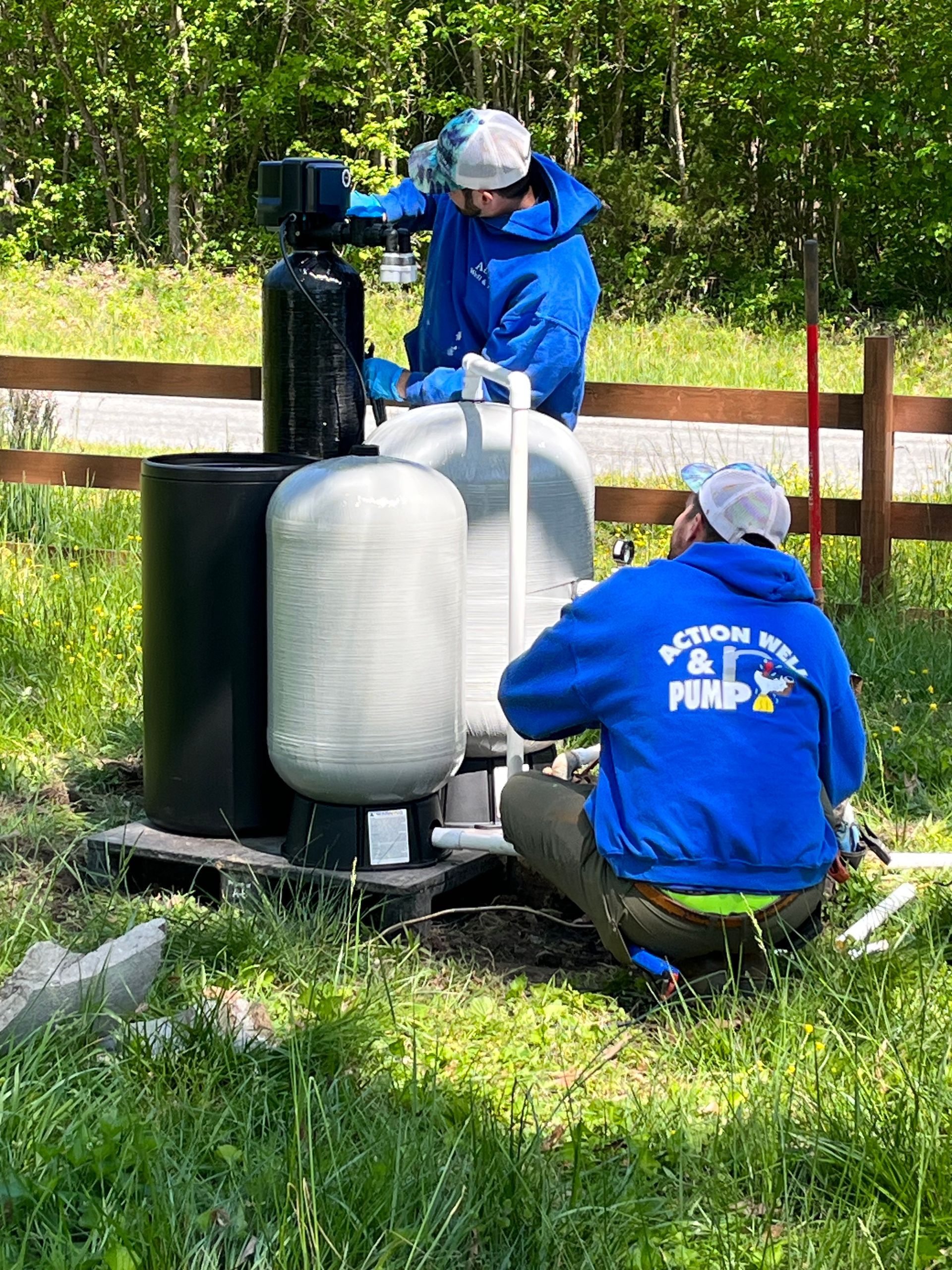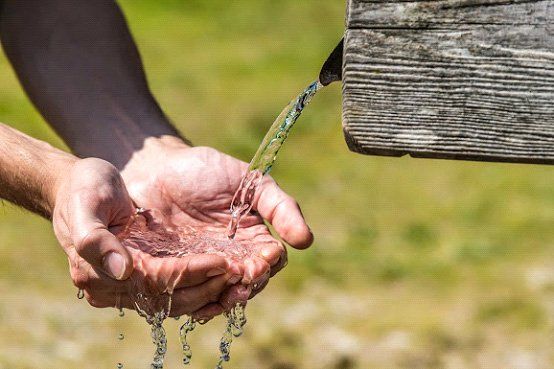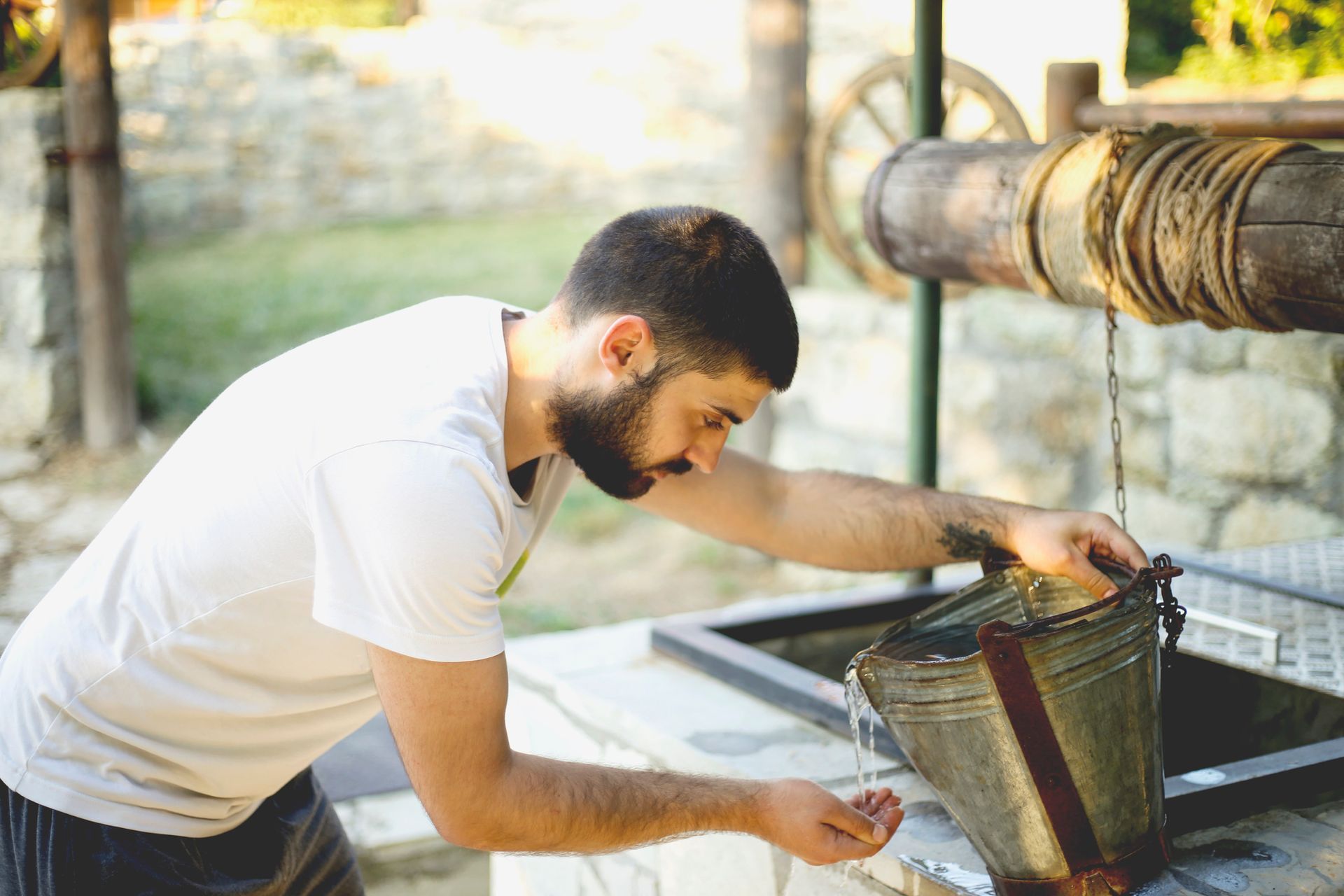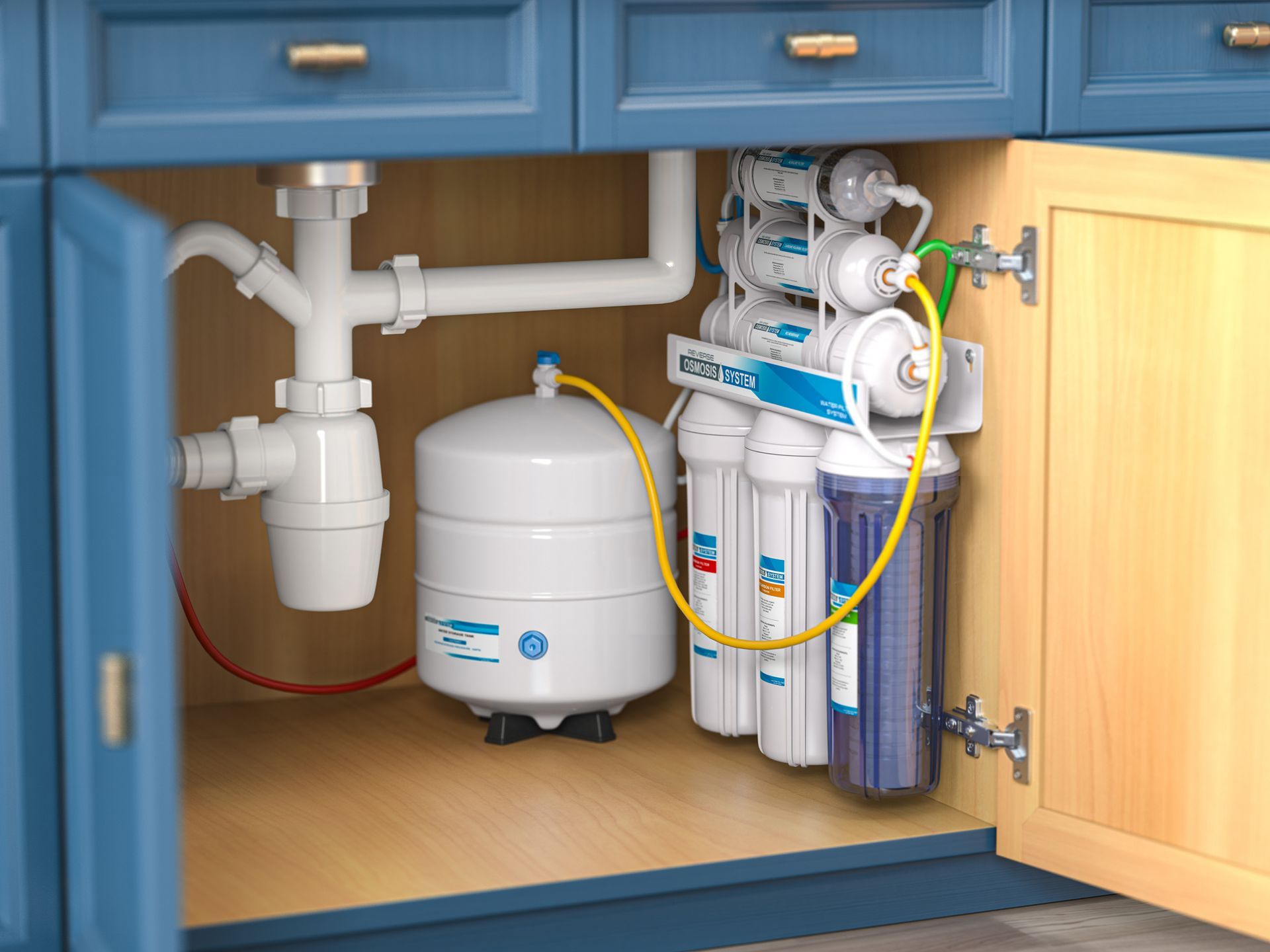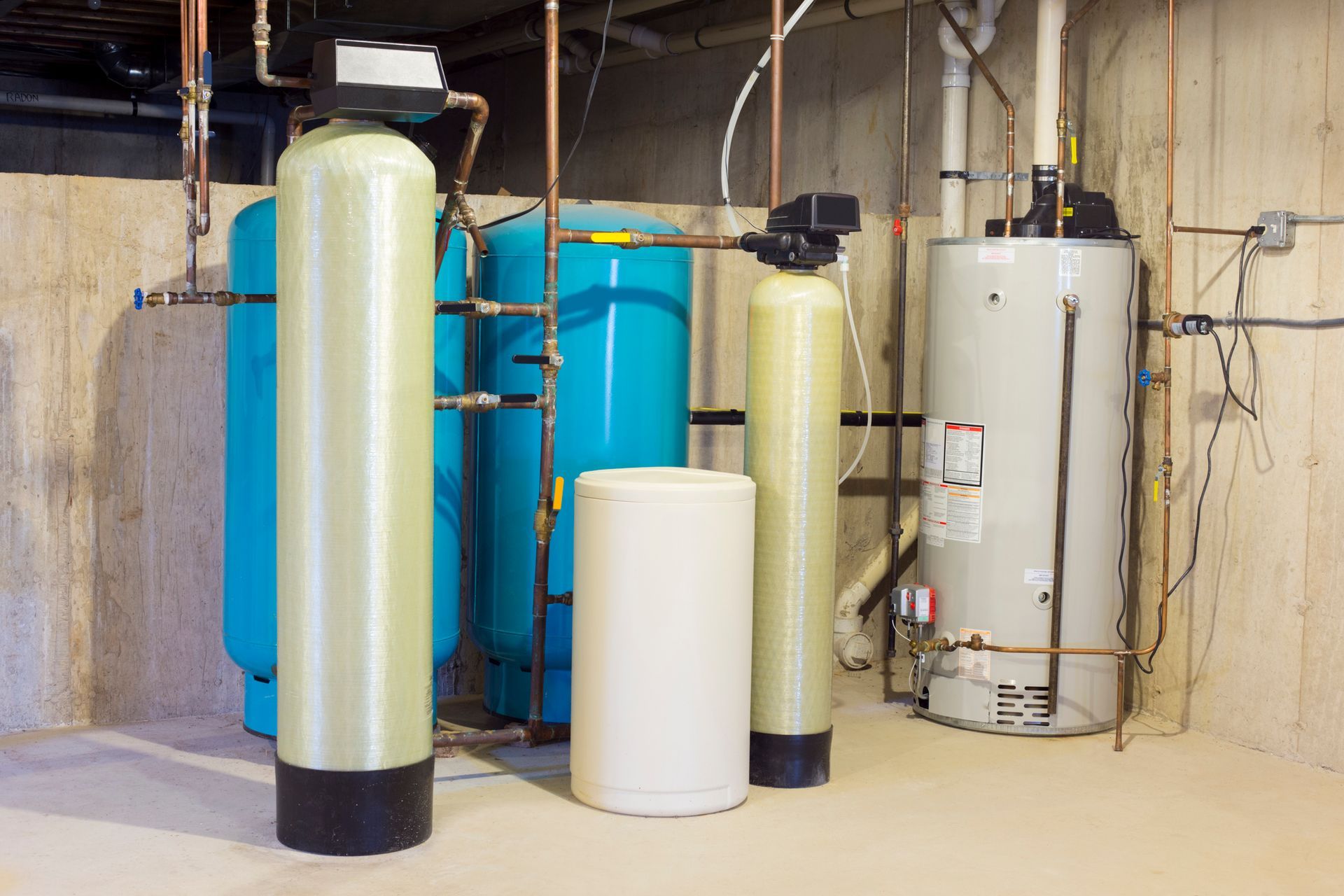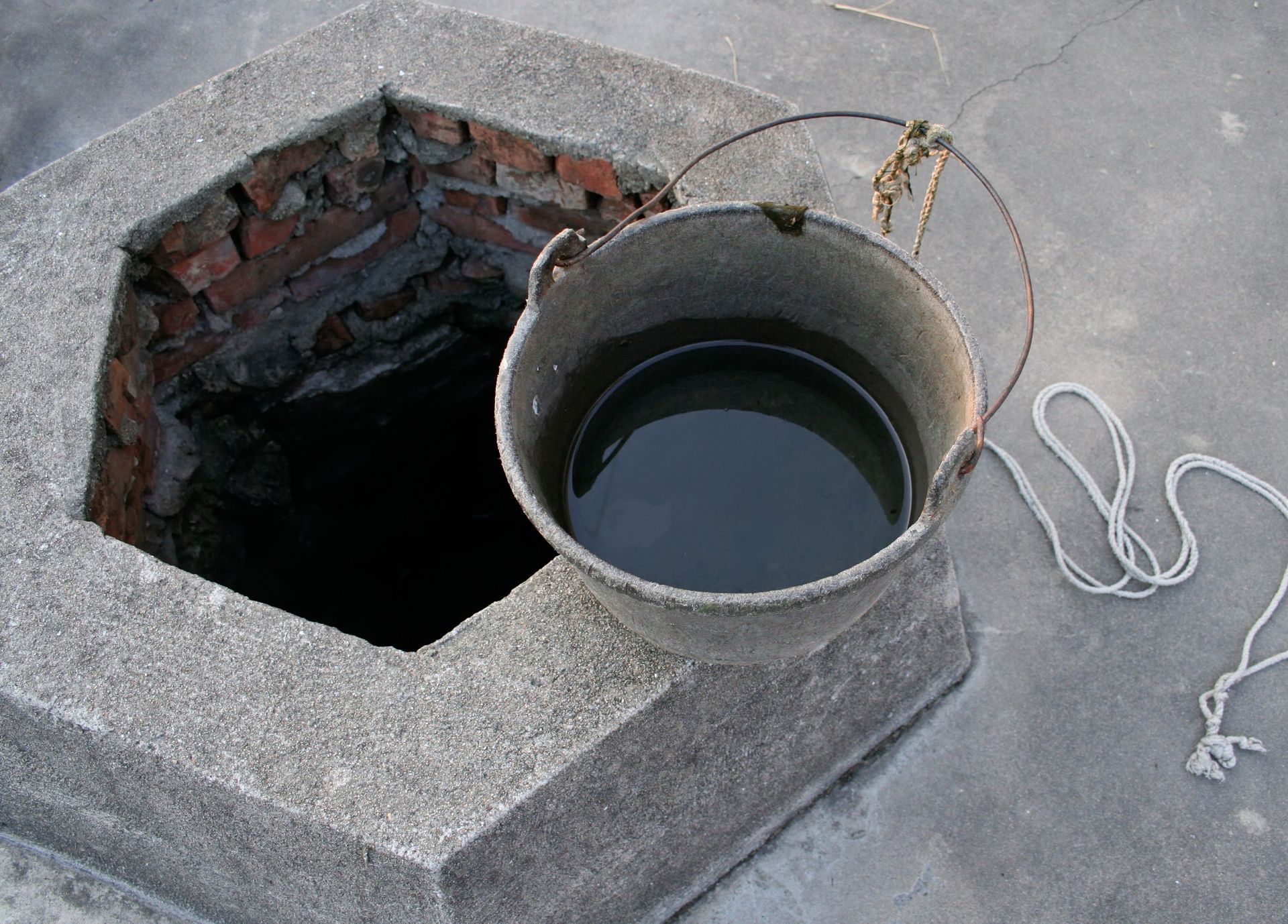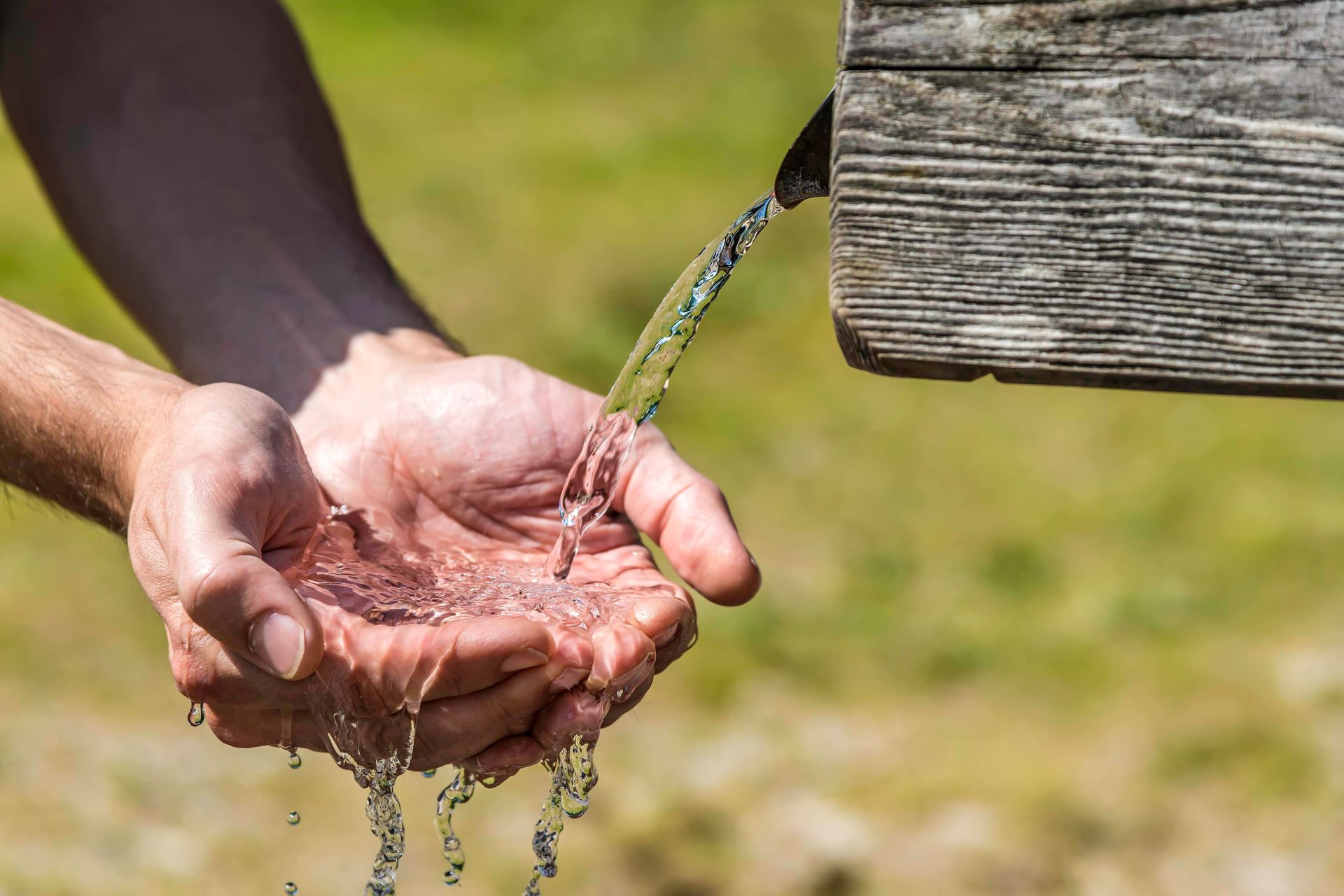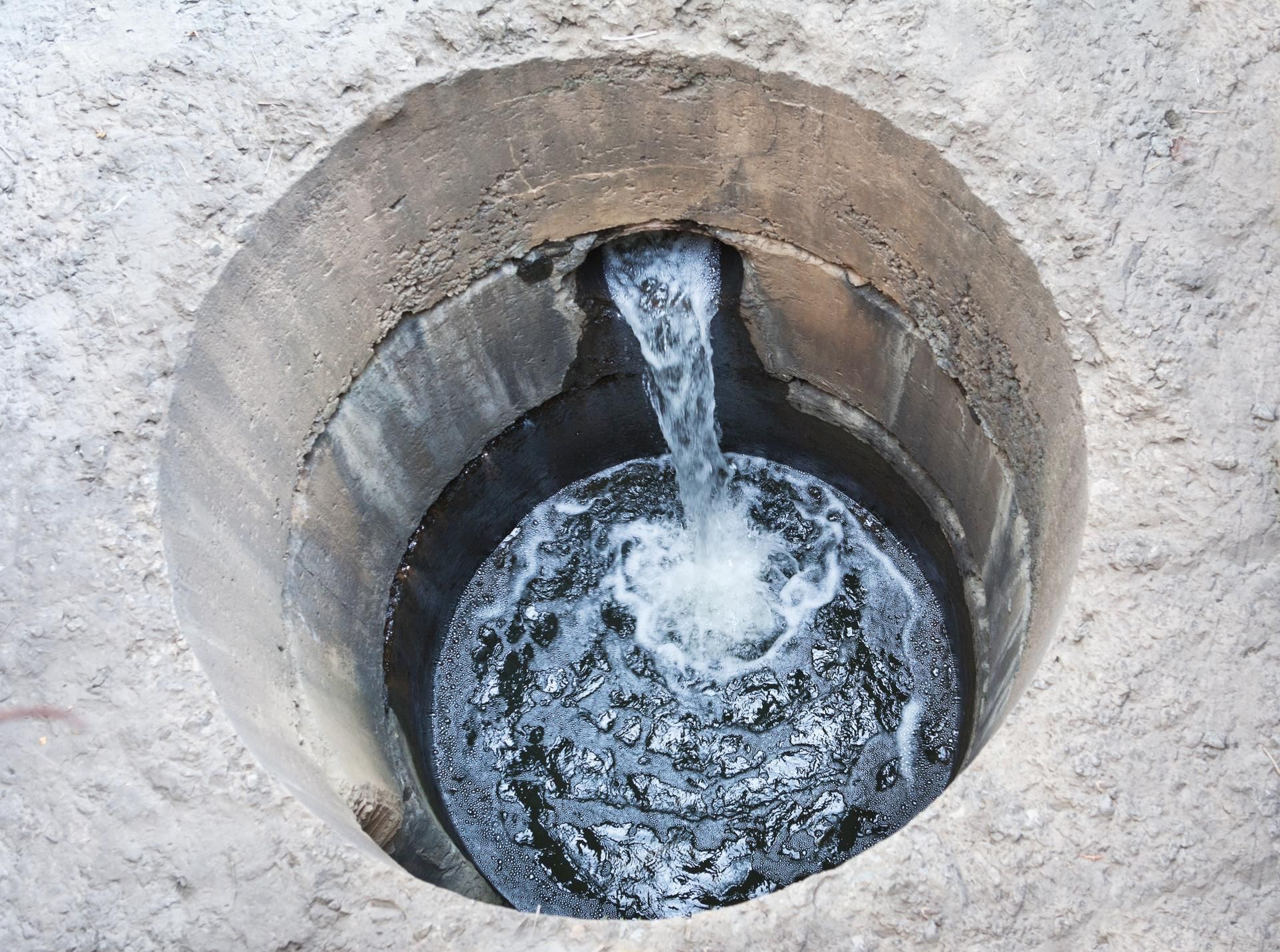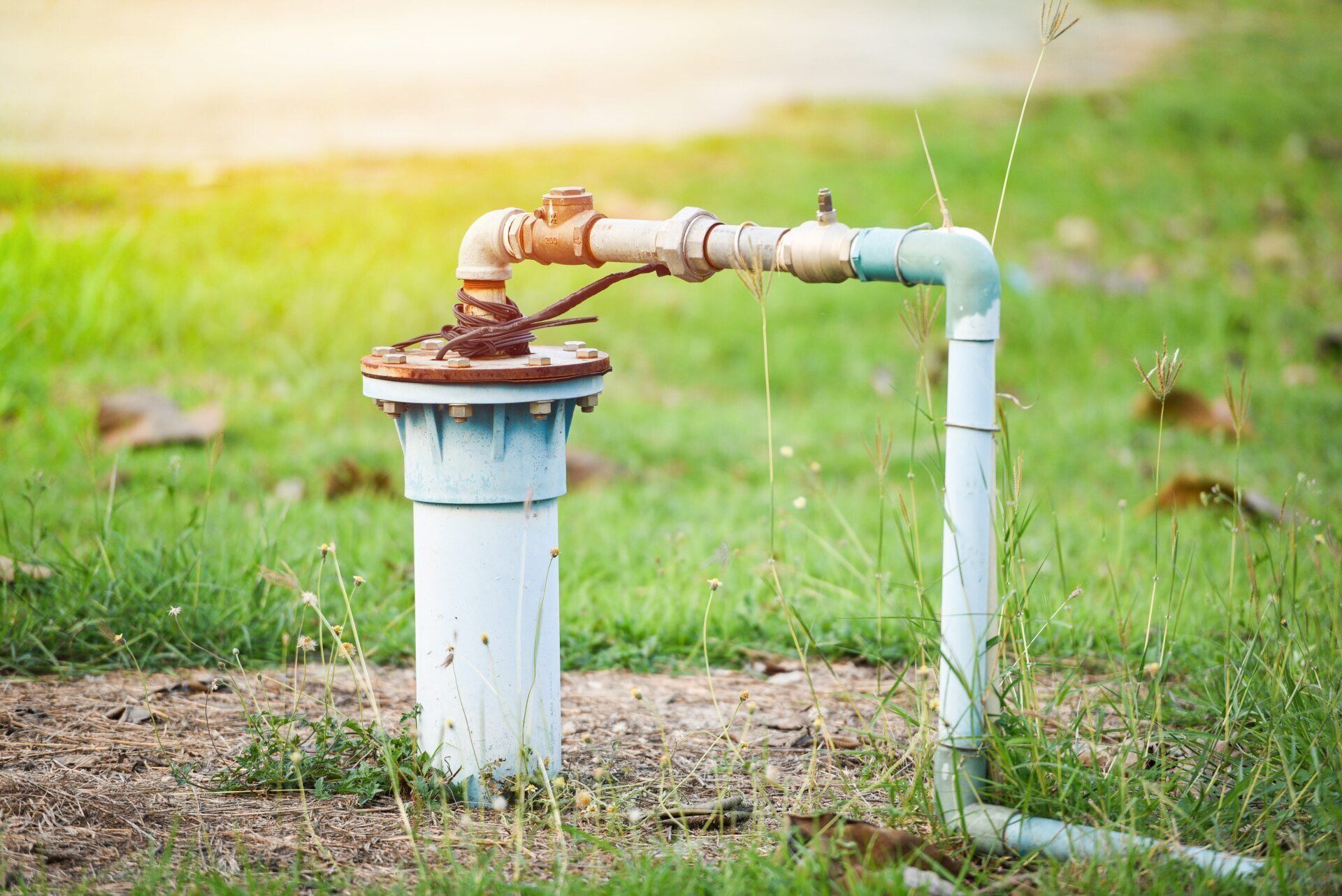What Is Pump Cavitation and How Can It Affect Your Well?
Generally speaking, modern well pumps are extremely reliable pieces of equipment, with simple, robust designs that allow them to endure long periods without maintenance. However, all types of well pump, from jet pumps to submersible centrifugal pumps, can be badly damaged or even destroyed by a phenomenon known as pump cavitation.
What Is Pump Cavitation?
Most commonly-used well pumps function in broadly the same way, using internal impellers to force well water to the surface where it can be used. However, for these impellers for function effectively, they must be able to keep water at a sufficient flow rate and pressure level as it passes through the pump and towards the surface.
If water is not flowing into the impeller housing at a sufficient rate or pressure while it is rotating, the small amount of water that is present will start to lose pressure and increase in temperature, often at alarming rates. This causes the water to evaporate, creating bubbles of superheated air and water vapor inside the pump's impeller housing.
Cavitation can also occur when water pressure is optimal at the pump's intake valve, but too high at the discharge valve. This causes water to pass into the impeller housing faster than it flows out, increasing internal pressures and causing the rapidly recirculating water to evaporate.
When the rotating impeller collides with these bubbles, they implode, releasing an enormous amount of heat and creating powerful shockwaves inside the housing. These superheated implosions can deal severe damage to well pumps, causing extreme metal fatigue and leaving noticeable pitting on the surfaces of the impeller and impeller housing.
Cavitation can severely shorten the working lifespan of any pump, and can completely destroy a pump if the problem is ignored. It most often occurs in centrifugal well pump types, such as jet pumps, but cavitation in submersible pumps is still possible and extremely damaging.
How Can I Tell if My Pump Is Experiencing Cavitation?
As you can imagine, the near-simultaneous implosion of thousands of superheated bubbles can create an enormous amount of noise. If your well pump is surface-mounted, the most obvious sign of pump cavitation will be loud thumping and grinding noises coming from the impeller housing. If you hear these, deactivate the pump immediately to minimize the damage caused.
However, the telltale sound of pump cavitation can be more difficult to detect in submersible well pumps, especially those used in deep water wells. If water is flowing out of your well at decreased rates and pressures, this can be a sign of cavitation, but it can also be caused by other, less serious pump malfunctions, such as minor blockages
If you suspect your submersible well pump is suffering cavitation issues, check for vibrations travelling up the water lane to the surface, and inspect the water flowing out of your well (if any) for pieces of damaged impeller or impeller housing. You should also keep an eye on the power consumption of your pump, as cavitation can cause your pump's power consumption levels to intermittently spike.
What Should I Do If My Well Pump Has Cavitation Damage?
The damage caused by even brief periods of pump cavitation can be widespread, and may not be limited solely to the impeller and impeller housing.
Other vital components of a pump can also be damaged by the heat and vibrations created by cavitation, including essential, difficult-to-repair components such as motors and pressure sensors. If your well pump has suffer from cavitation, you should always have it thoroughly inspected by a reputable pump repair service.
If cavitation damage is not extensive, it may be possible to keep your pump functioning by having the impeller replaced and the impeller housing replaced or repaired. However, you should be prepared for the possibility that your pump is too badly damaged to function, as cavitation is one of the main causes of well pump failure and replacement.
As you can see, cavitation in well pumps is a serious problem that should be avoided whenever possible. If you have any more questions about cavitation in well pumps and how it can be avoided, contact the well pump experts at Action Well and Pump.
